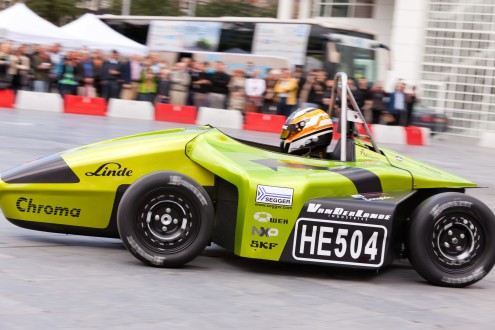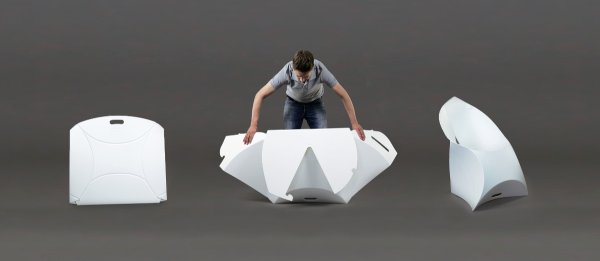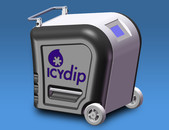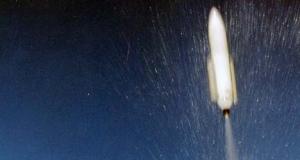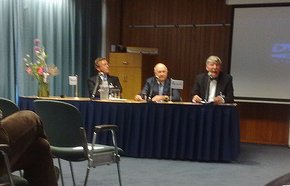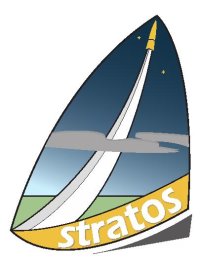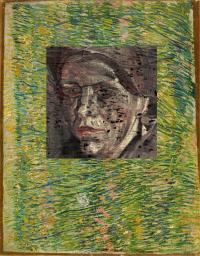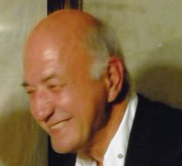
Back in 2008 a concert raised money to develop the laddermill, a sustainable invention by former astronaut Wubbo Ockels (shown here), and today Ockel’s Kite Power research group from the Delft University of Technology will be showcasing a wind energy system using kites at the Maasvlakte 2 shore in South Holland.
The Kite Power Team explains that Kite Power is a type of wind energy where a radiographically controlled kite generates electricity. A single cable attached to the kite is pulled and released from the base station every two minutes, spinning a drum that in turn powers a generator. Pulling the kite takes energy, but less than it is generated. The kite can fly up to 900 metres and be used to generate electricity fully automatically, which is its major asset.
(Link: home.tudelft.nl, Photo of Wubbo Ockels courtesy of Emmanuelle)

